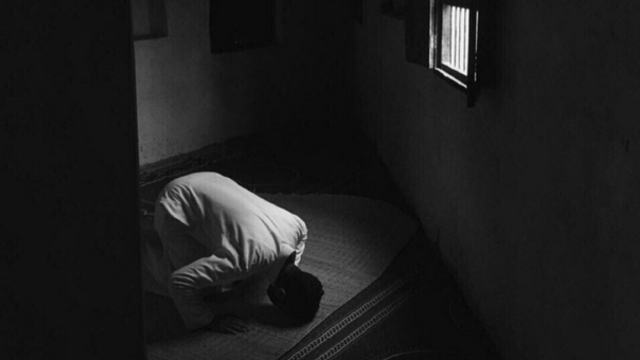Hafsa, who usually removes her headscarf at the entrance of her school, wishes to wear it during a school trip. However, her teacher asks her to remove it even though she is not within the school premises.
What does the law say?
The Law No. 2004-228 of March 15, 2004, applying the principle of secularism, framing the wearing of signs or attire openly manifesting a religious affiliation in public schools, middle schools, and high schools states:
In public schools, middle schools, and high schools, the wearing of signs or attire by which students conspicuously display religious affiliation is prohibited.
The law applies to public primary schools, middle schools, and high schools, and the Circular of May 18, 2004 regarding the implementation of the law of March 15, 2004 specifies that in high schools, the law applies to all students, including those enrolled in post-baccalaureate programs (preparatory classes for grandes écoles, higher technician sections).
According to the Circular of May 18, 2004 (art.2-2), the law of March 15, 2004 applies to all activities under the responsibility of schools or teachers, including those that take place outside the school premises, such as school trips, school outings, and physical education classes.
Two types of school trips should be distinguished:
- The mandatory school trip, which constitutes a teaching method involving travel outside the institution or school during school hours.
As students are subject to the obligation of attendance (art. L. 511-1 of the Education Code), they cannot refuse to participate in a school activity (a class, a mandatory school trip) by invoking their religious beliefs. Such a refusal could be sanctioned on both pedagogical and disciplinary grounds if it interferes with teaching activities or the maintenance of order.
- The optional school trip, with or without overnight stay. In this case, legal guardians can decide whether or not their child participates in the proposed trip. But if the child participates in this trip, the rules of public school apply.
What happens in case of non-compliance with the law?
- First and foremost, the law’s framework should be reminded in advance. The teacher and staff must anticipate the issue to avoid any incidents during school trips.
- If this has not been done, the teacher must establish a dialogue and distinguish between provocation and ignorance or misinterpretation of the application of the law of March 15, 2004.
- In cases where the student has simply misunderstood the law, a simple reminder clarifying the conditions of the law’s application is sufficient.
It is only in cases of provocation by the student that a sanction should be considered. In case of non-compliance with the ban on wearing signs or clothing manifesting a religious affiliation, let’s remember that a dialogue must precede any disciplinary procedure.
APPLICABLE REFERENCES
LAW No. 2004-228 of March 15, 2004 framing, in application of the principle of secularism, the wearing of signs or attire ostensibly manifesting a religious affiliation in public schools, middle schools, and high schools; Article L. 141-5-1 of the Education Code.
Circular of May 18, 2004 relating to the implementation of Law No. 2004-228 of March 15, 2004 framing, in application of the principle of secularism, the wearing of signs or clothing manifesting a religious affiliation in public primary, middle, and high schools; Circular No. 2011-117 of August 3, 2011 relating to the organization methods of school trips and outings in middle and high schools.




